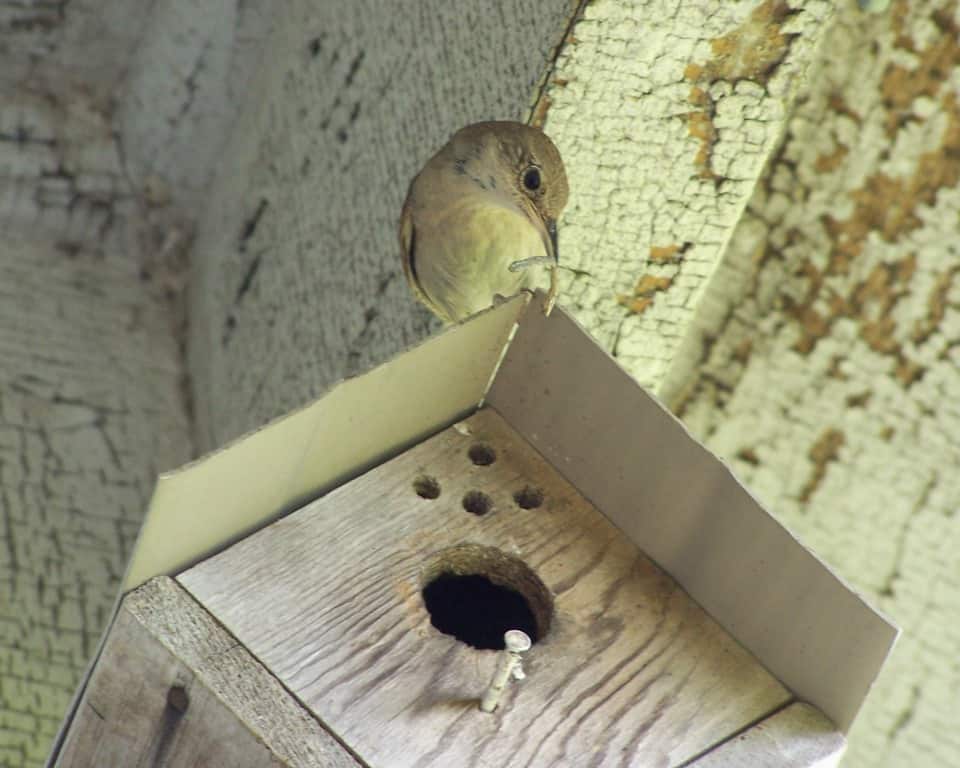That first sweet bite of peach in the hot July sun, off of your own tree in your own yard, makes you wonder about the truly good things in life. For my family and I it was about a move 3 years ago to where we are now, bringing a plethora of landscape plants and trees with us. The peach tree is a seedling grown from a pit. This was the first year it has set fruit and we had 2 large, fuzzy and deliciously juicy peaches on it. Both were blemish free, and only one had any bugs-just a few ants where the juice was spilling out at the stem. No other insects. And no diseases on the leaves either. This set me to thinking. Why does my one peach tree have no insects and no disease?
At length, many are forced to spray chemicals on peaches to prevent diseases such as Peach Leaf Curl and brown rot, as well as insects like Japanese beetle for devouring both fruit and plant. I also do so for my customers so their fruit is likewise left clean. It does not always work, chemicals wear off or wash off, and the fruit is attacked. But why is my tree safe? For that matter, why do most of my trees and plants tend to be thriving in a world of insects? Maybe the birds are to blame, or rather, to thank.

I have always been an avid bird watcher. When my brother and I were young, we loved seeing the birds that inhabited our forested creek bottom and remembering them by sight and sound. We learned dozens of birds. Now, I keep an updated list of bird species I have seen on our 5 acres of wooded land in Northeast Kansas. Some of them are passersby, traveling through on their way to summer or winter homes. But many make nests in the trees and shrubs that surround us.


I feed the birds in winter and through early spring, until insect populations are high enough to sustain the happy appetites of young fledglings and hatchlings. Birds living in my woods are the source of my reduced pest populations. At least 19 species of birds call my 5 acres permanent home. These species eat a large number of insects including hundreds of caterpillars, grasshoppers, stink bugs, aphids, scale, ants, borers, weevils, spiders, and beetles. I still see a few insects here and there on my walks, but their numbers are never overwhelming enough to think about spraying. I delight in knowing there are birds whose songs I enjoy while weeding (if only birds ate weeds), that eat more insects that I can find.
Attracting more birds to your landscape to improve pest control is not as easy as adding a bird feeder however. Many people feed birds in their back yards and by windows. General seed mixes contain milo and millet seeds, a filler rarely eaten by birds. This filler falls to the ground and can become a disgusting mess or may sprout and grow into a leafy tangle of weedy grasses in a well maintained landscape. Using high quality seed mixes or selective seeds such as black oil sunflowers or safflowers to attract more selective birds is a start.

Birds need nesting sites more than bird feeders. Small trees, shrubs, and brush piles are required for possible nest building by many species of birds. Others prefer standing dead trees and logs. Others still will take advantage of bird houses. A bit of water is also essential for any great bird habitat. I am lucky enough to have a small stream cutting across the southwest corner of my acres and my neighbor west has a pond, just 300 feet from my yard. With these accommodations, I have no shortage of bird specific habitat available.

To have more bird species to help control insects in the landscape and garden, it is also essential to have as wide a variety of native or North American species of plants in your landscape. Trees such as Hackberry (Celtis occidentalis), Oak (Quercus species), and Black Cherry (Prunus serotina) are great at providing both fruit and a place to find feeding insects. Shrubs of Viburnum, Hydrangea, Beautyberry, Wild Plum, and Hazelnut are excellent for birds. And many perennials as well, both for habitat structure (nest building, insect forage) and food are needed to attain maximum bird availability.

If you plant it they will come. Happy Planting!


